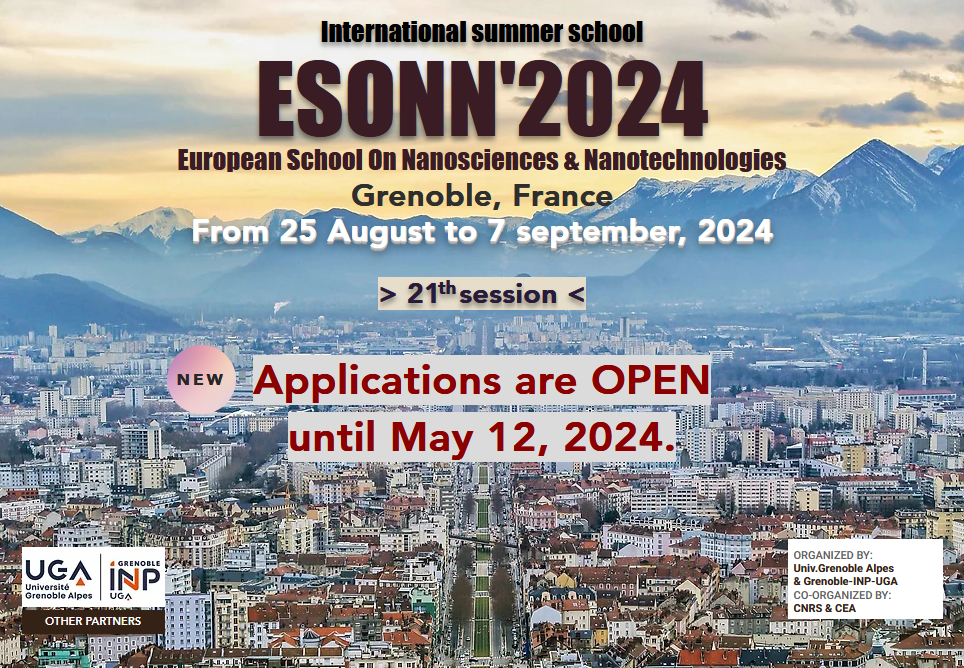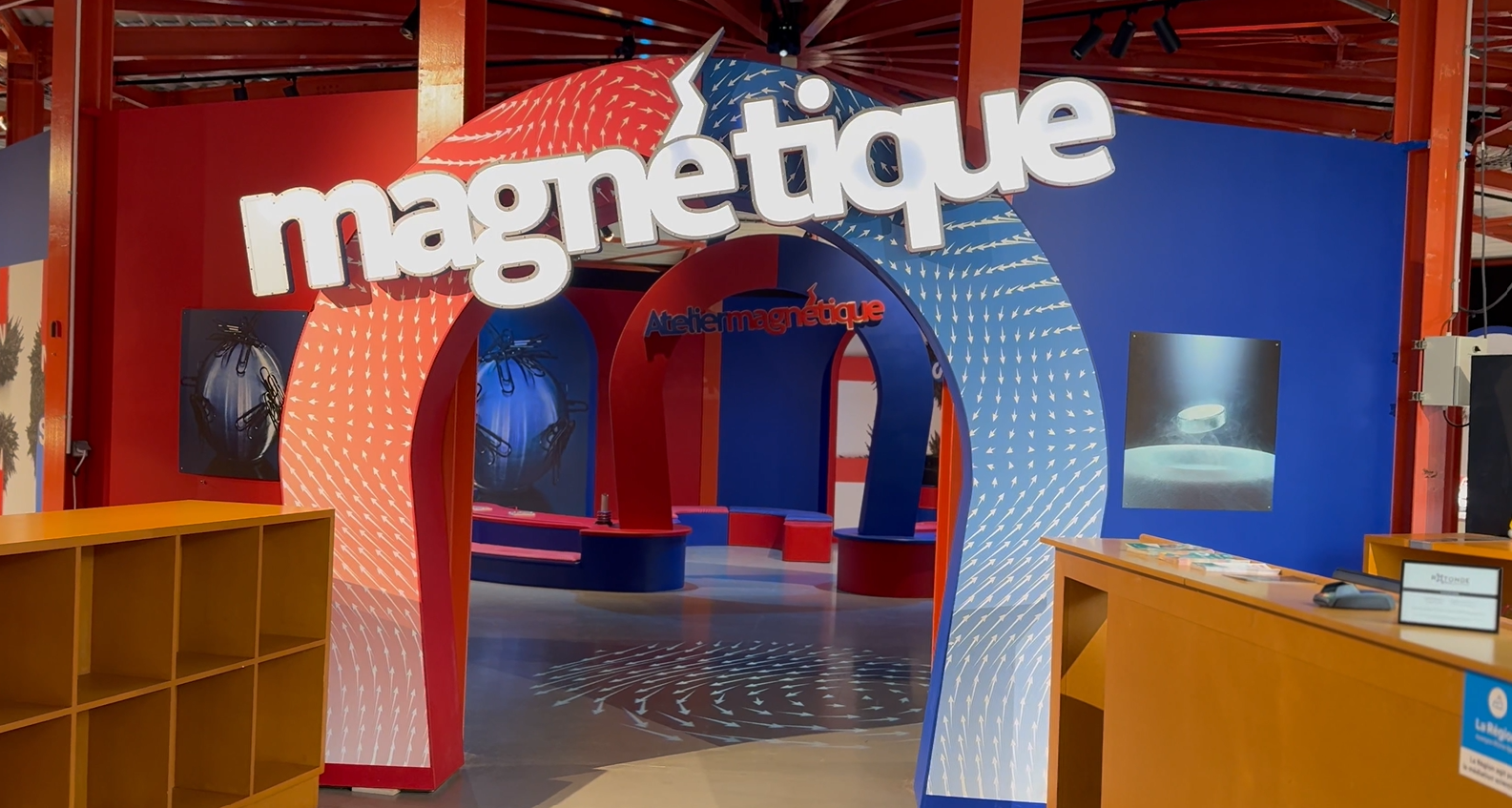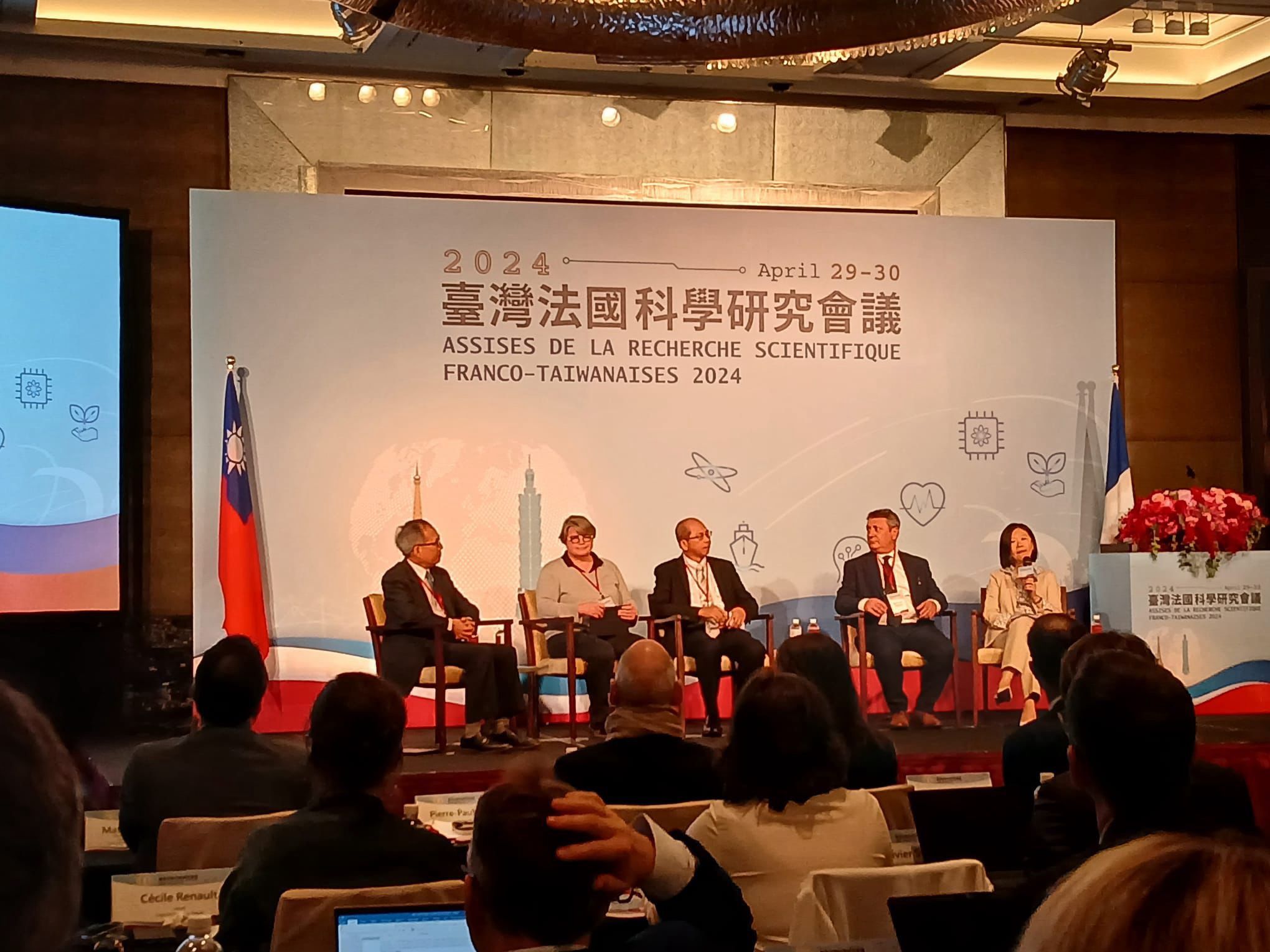Review of the Annual Days of the SPIN Research Program in Nancy
On September 23rd and 24th, nearly 130 members of the SPIN Research Program community gathered at the Prouvé Center in Nancy to discuss the progress of various projects. Notable figures such as Mathieu Klein, Mayor of Nancy and President of the Greater Nancy Metropolitan Area, Véronique Perdereau, Deputy Rector for Higher Education, Research, and Innovation for the Grand-Est Academic Region, and Edwige Helmer-Laurent, Regional Delegate for the Centre-East of CNRS, spoke to highlight the importance of spintronics research for a frugal, agile, and sustainable digital world.
On September 23rd at 10:00 a.m., the scientific community of the SPIN Research Program gathered in the large auditorium of the Prouvé Center for an introduction by the program’s co-directors, Lucian Prejbeanu and Vincent Cros, who reviewed the highlights of the first year of the PEPR SPIN. The day continued with presentations on the Targeted and Cross-Cutting Projects, as well as talks from international scientific experts who shared their work related to some of the program’s targeted projects.
Alexandre Chagnes, a researcher at the GeoResources laboratory, shared his latest results on materials and minerals. “Current products are becoming increasingly complex as they contain a growing number of materials,” he explained. He also emphasized the importance of sustainability in both production and recycling, while recalling the different industrial revolutions since the 19th century.
Throughout the day, representatives from partner PEPR programs, including Thierry Deutsh for PEPR DIADEM, Sarah Garçon for PEPR LUMA, Nicolas Tiercelin for PEPR Electronics, and Sébastien Tanzilli for PEPR Quantum, presented various aspects of their respective programs. They also shared potential connections to be developed with the SPIN Research Program.
A second roundtable brought together Renaud Presberg from Vinci Technologies, Sarah Xing from Cryoscan, Laurent Vila from Nellow, Dafiné Ravelosona from Spin-Ion, and Mihai Miron from Golana Computing, to discuss the transition from laboratory research to industrial implementation on a larger scale in spintronics. The discussions also focused on the human resources needed and strategies to retain PhD students and postdoctoral researchers in their companies.
Didier Zimmermann from EIT RawMaterials, a European organization aimed at strengthening the raw materials sector in Europe, also spoke. He highlighted the organization’s role in supporting innovation, education, and entrepreneurship to ensure a sustainable supply and develop solutions in areas such as electric mobility, the circular economy, and green energy.
In the evening of September 23rd, the community gathered at Nancy City Hall, located on the famous Place Stanislas, a UNESCO World Heritage site, to continue their discussions. The participants were welcomed by several speakers, including Franck Muratet, Deputy Mayor of Nancy, Valérie Debord, Vice President of the Grand-Est Region, Véronique Perdereau, Deputy Rector for Higher Education, Research, and Innovation for the Grand-Est Academic Region, Edwige Helmer-Laurent, Regional Delegate for the Centre-East of CNRS, and Alain Hehn, Vice President of the Scientific Council at the University of Lorraine. All these political and academic figures expressed their support for the development of spintronics, aiming for a more frugal, agile, and sustainable digital world.
The second day focused on PhD and postdoctoral researchers involved in various projects, giving them the opportunity to present their work in two minutes, accompanied by posters, with the aim of showcasing their research and contributions. Mathieu Klein, Mayor of Nancy and President of Greater Nancy, visited in the morning to express his support for this specific spintronics research, which he described as helping “to develop more energy-efficient electronics.”
Thematic workshops, led by Nathalie Milion, a journalist from France Bleu, were held to encourage exchanges and the sharing of ideas around the various coordinated actions of the PEPR governance project. These included education, with discussions on specific actions to attract more of the younger generation, as well as national and international students, particularly women, and the creation of specialized master’s programs. The international component provided an overview of collaborations with partner laboratories abroad and discussed possibilities for strengthening these partnerships. The open science theme addressed data management: how to share, store, and promote it. Finally, scientific mediation was discussed, including a review of ongoing projects such as the “Magnétique” exhibition and early conversations about the “A Researcher and An Experiment” project on spintronics, planned for 2026 with the reopening of the Palais de la Découverte in Paris.
Finally, Stéphane Mangin, professor at the University of Lorraine, opened the doors of his laboratory at the Jean Lamour Institute in Nancy and organized visits, allowing participants to discover the facilities, as well as the famous Daum Tube, unique in France and Europe, a device that enables the growth and advanced characterization of structural and magnetic properties of materials at the nanometric scale.
Relive the highlights of these two days in pictures.


